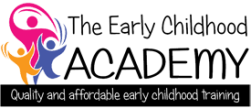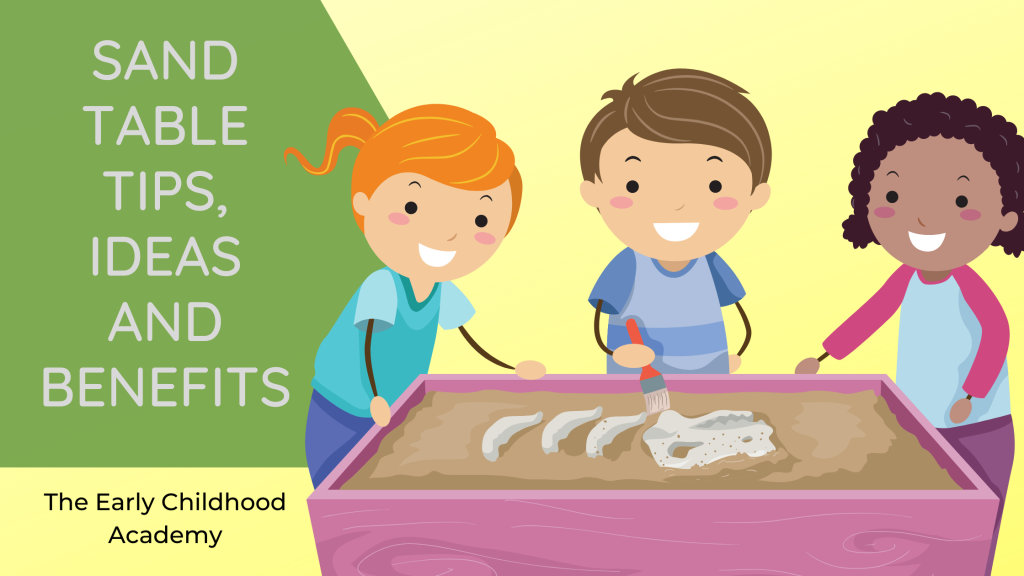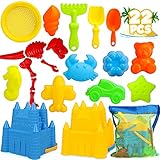The sand table is of the most popular areas of the classroom for young children, but it is important to remember that these areas are essential to the classroom for higher-level learning. They help children develop their motor skills, enhance their social emotional growth, and can even build their confidence. Sand tables also provide children with positive social interactions, helping them build connections with their peers and develop valuable skills through play.
Sand Table Ideas
- Alphabet Matching – Hide a set of magnetic letters in the sand. Label a cookie sheet with the letters A-Z. You can write them with a Sharpie or attach letter stickers. Have the children dig through the sand to find a magnetic letter, identify the letter and find its match on the cookie sheet.

- Button Excavating – Add several buttons to the sand, along with some colanders. Children use the colanders to dig for buttons, shake the colanders (like panning for gold) to get the buttons.

- Digging for Alphabet Shells – Details at Pre-K Pages

- Marble Balance – Place several golf tees and marbles in the sand table and see how many marbles children can balance on top of the tees.

- Dinosaur Dig – Bury some small dinosaurs in the sand. Have children dig for them and use a paintbrush or toothbrush to brush the sand off. Provide photos of the dinosaurs so that they can mark off which dinosaurs they found.
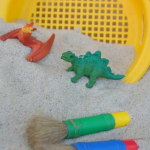
- Loose Parts Sand Play – Add a variety of loose parts to the sand table to increase the creative play possibilities and stimulate some open-ended, child directed learning at the same time. Suggestions: Pine cones, rocks, legos, leaves, flower petals, sticks, pieces of materail…the possibilities are endless!
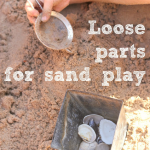
Sand Table Clean-up Tips
Do you have a lot of sand that ends up outside of the sand table or on the floor? Try these tips:
- Make sure the level of sand isn’t too high and too close to the top of the table.
- Have hand brooms and dust pans near the sand table, so that the children can help clean it up.
- Put a tarp, shower curtain, table cloth, splash mat or even baby pool under the sand table.
According to the National Resource Center for Health and Safety in Child Care and Early Education, you should follow these guidelines when cleaning your sand table:
- Sand should regularly be cleaned of foreign matter and should be replaced as often as needed. Your goal should be to keep the sand visibly clean and to ensure that it’s free of extraneous materials. Try using colanders and sand rakes to clean and sift through the sand in your table.
- The basin of your sand table and any sand toys should be washed and sanitized at the end of the day. Make sure to wash and sanitize the basin and toys prior to use if they have been used by children in another classroom.
- Wash, rinse, and wipe your sand table or other work surfaces with a solution of two teaspoons of bleach to one gallon of water. Let the solution sit for at least two minutes before draining and letting the table air dry. Remember to check your state guidelines to see if they have any specific policies about cleaning sand and water tables or what type of solution/cleaner to use.
(source: Tips for Cleaning Your Sand and Water Table)
Amazon Picks and Resources:
